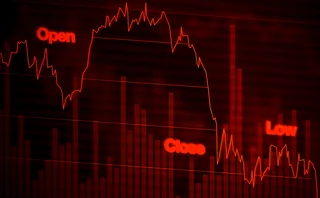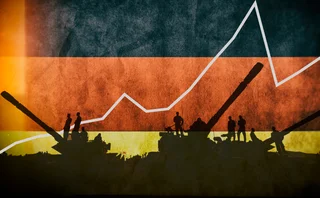
Hedge fund giants lead fourth wave of IM candidates
BlueCrest, Capula, Citadel, Millennium and Rokos expected to be in scope for next phase of margin rules

As many as 20 buy-side firms could become subject to the derivatives market’s new margining regime next year, in the next phase of its roll-out. Five of the largest hedge funds – BlueCrest Capital Management, Capula Investment Management, Citadel, Millennium Capital Partners and Rokos Capital Management – are expected to be among them.
The five hedge funds – each of which was named by at least two industry sources – are expected to be joined by some large asset managers, such as BlackRock, UBS
Only users who have a paid subscription or are part of a corporate subscription are able to print or copy content.
To access these options, along with all other subscription benefits, please contact info@risk.net or view our subscription options here: http://subscriptions.risk.net/subscribe
You are currently unable to print this content. Please contact info@risk.net to find out more.
You are currently unable to copy this content. Please contact info@risk.net to find out more.
Copyright Infopro Digital Limited. All rights reserved.
As outlined in our terms and conditions, https://www.infopro-digital.com/terms-and-conditions/subscriptions/ (point 2.4), printing is limited to a single copy.
If you would like to purchase additional rights please email info@risk.net
Copyright Infopro Digital Limited. All rights reserved.
You may share this content using our article tools. As outlined in our terms and conditions, https://www.infopro-digital.com/terms-and-conditions/subscriptions/ (clause 2.4), an Authorised User may only make one copy of the materials for their own personal use. You must also comply with the restrictions in clause 2.5.
If you would like to purchase additional rights please email info@risk.net
More on Markets
‘Trump slump’ hedges rise on rate cut fears
One dealer notes fivefold increase in number of clients hedging against possibility of faster rate cuts
Short-term Trump FX trades ‘dead’ as euro rallies
EUR/USD spot rally and vol spike sees mass unwinds of long USD trades
Disappearing dealer gamma spurs wild stock swings
Stock market selloff leaves dealers perilously close to peak short gamma positioning
German defence announcement hits steepener trades
Rapid euro curve flattening following Merz’s comments last week caught out a number of hedge funds, say dealers
Tech firm OneChronos to offer ‘bundled’ equity-FX trading
New auction algorithms will optimise multi-leg trades; roll-out due later this year
SRT markets kick US banks’ caution to the kerb
Market for capital relief trades continues apace despite US banks’ reluctance to offer leverage
Hedge funds flock to US swap spreads on SLR easing talk
‘Trade of the year’ sees investors position for shrinking negative basis as Treasuries predicted to outperform swaps
China programme trading rules to buoy futures market
Futures firms could adjust strategies to avoid HFT classification under new framework








